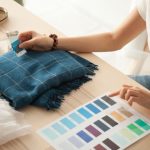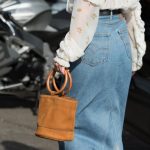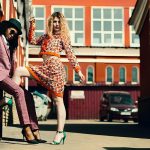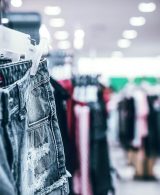How to do Trend Forecasting? Basics and Beyond

Trends in the fashion industry are inevitable. It was earlier said that fashion trends return every twenty years or so. While that remains relevant, a lot more happening around also equally impacts trends daily. With numerous factors influencing fashion, brands keep up with trend forecasting. Forecasting in fashion identifies the potential behind a certain trend and predicts its duration to build strong strategies for business. It goes with saying that fashion trend forecasting is imperative with interest in fashion styling and design.
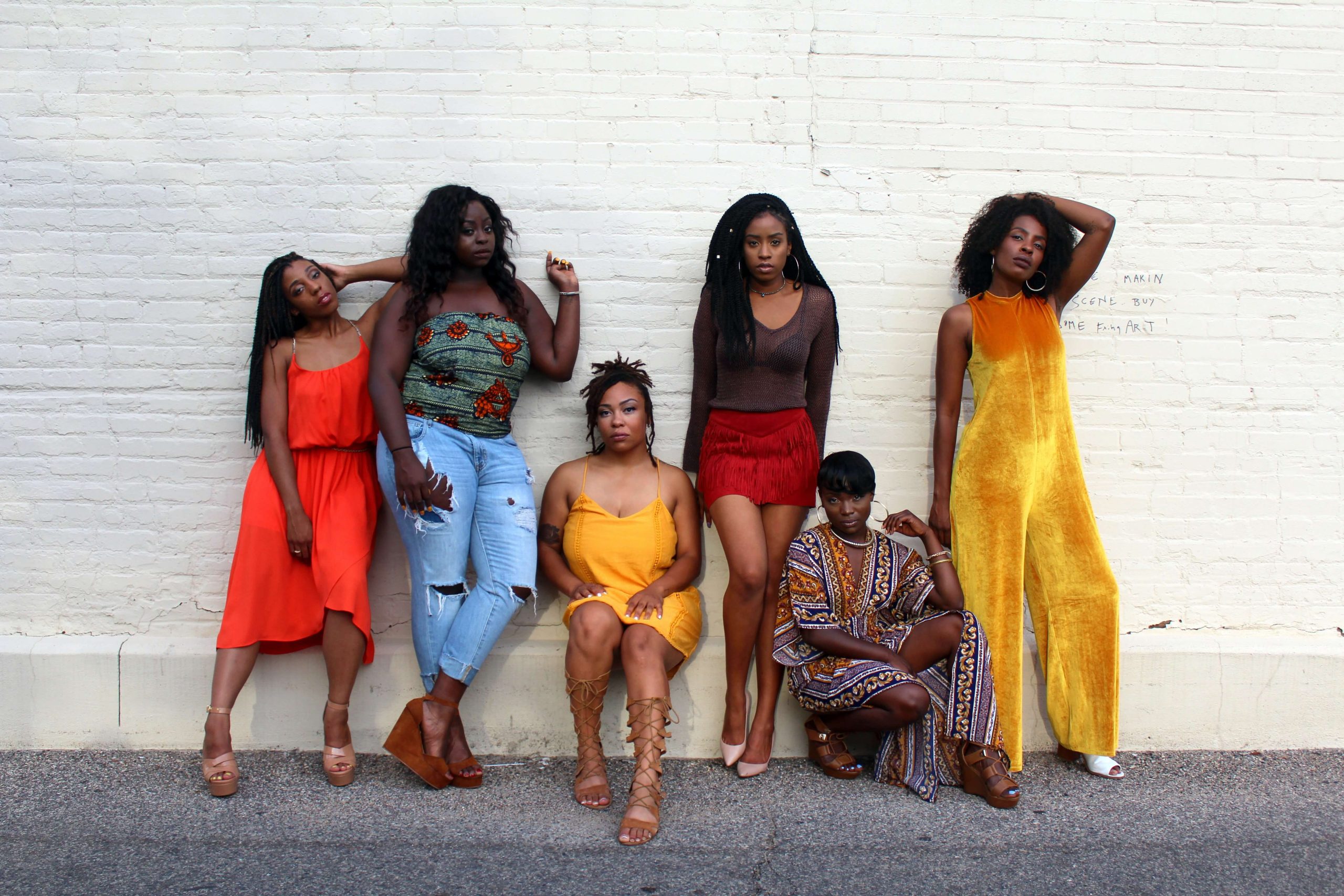
You are in for a treat if you are new to fashion and apparel design. Read on to find all answers to questions such as What is fashion forecasting? How does it work? Types, trends, sources, and so on.
Beginning with the Basics – What is Trend Forecasting?
As the term suggests, trend forecasting deals with consumer market analysis to draw the best marketing strategies. This quantitative study of elements during certain periods affected by cultural and environmental changes is a massive part of fashion.
The fashion forecasting process considers analysing present designs, colours, fabrics, patterns, prints, etc., to determine the future of trends. The use of past and present data sets and sales patterns point towards consumer demands, driving market and business strategies.
The reports developed based on fashion forecasting further impact the development processes in several industries. In addition to fashion and apparel design, these forecasts dictate other design aspects like appliances, automobiles, decor furnishings, stationery, etc.
Studies in styling and design imbibe a fashion forecasting course, guiding creative decisions to tackle market and consumer demands innovatively.
Types of Trend Forecasting in Fashion
A myriad of trends come and go over time. While some fashion trends remain timeless, making a mark in the industry, some last only a couple of days. For instance, white sneakers have always dominated the industry; something like the sneaker wedges heel trend was super short-lived.
Depending on the duration of trends, fashion forecasting can be classified into two types.
Long-term Forecasting
Long-term forecasting in fashion deals with macro trends, including wider ranges of fashion dependent on consumer lifestyles and routines. These trends are decided based on the needs of the consumers, considering social, economic, cultural and other factors impacting fashion. These fashion trends stay for at least two years and can even last up to five or more years.
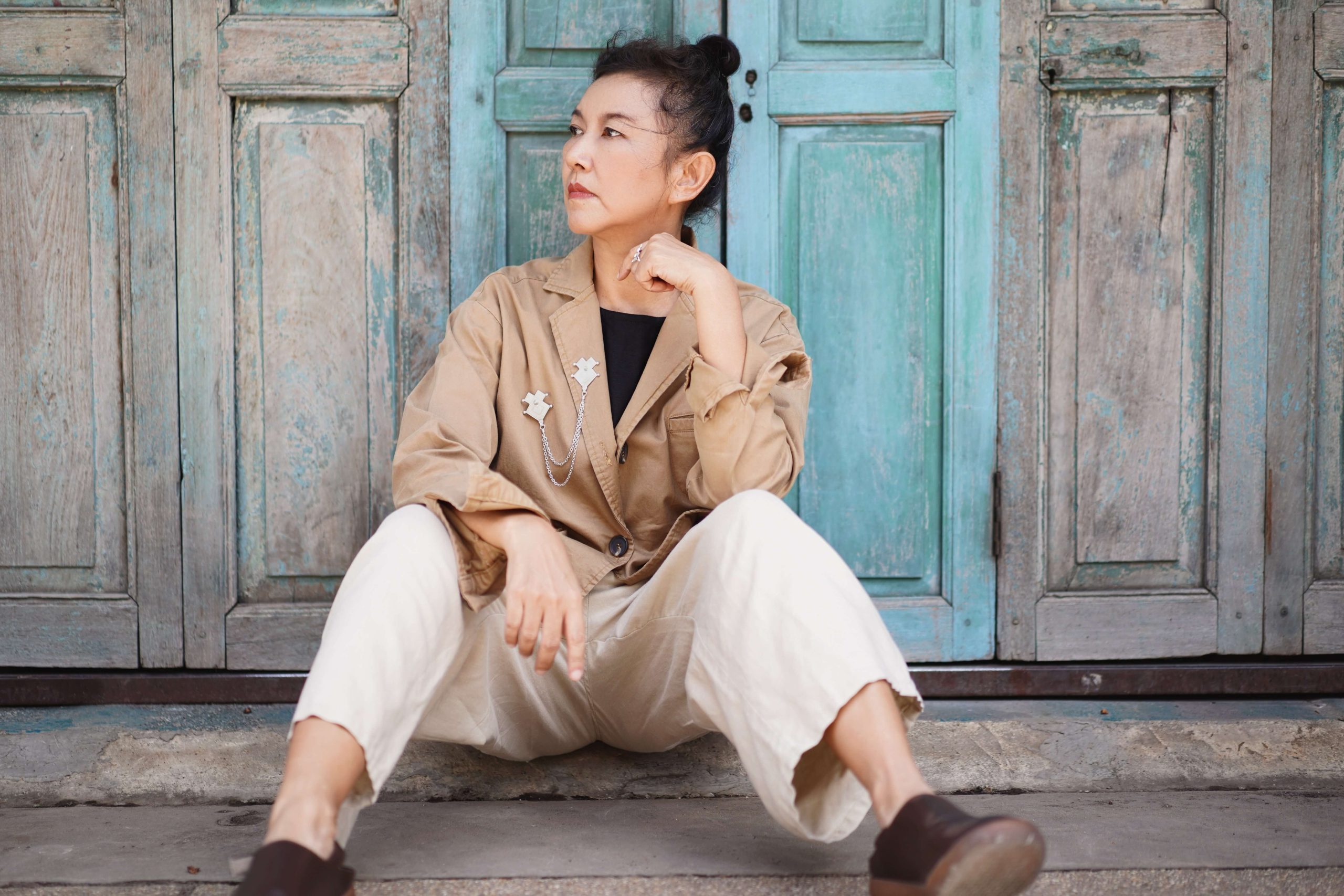
Short-term Forecasting
In contrast to long-term trends, short-term forecasting deals with micro trends. These trends are based on periodical preferences and purchase patterns that last for just a season. Usually, trend forecasting in the short term is derived from prevalent pop culture influences, colours, styles, etc.
Some short-term 2023 fashion trends include dresses with cut-outs, fringes, and feathers.
Here are some more 2023 fashion trends that are here to rule the summer.
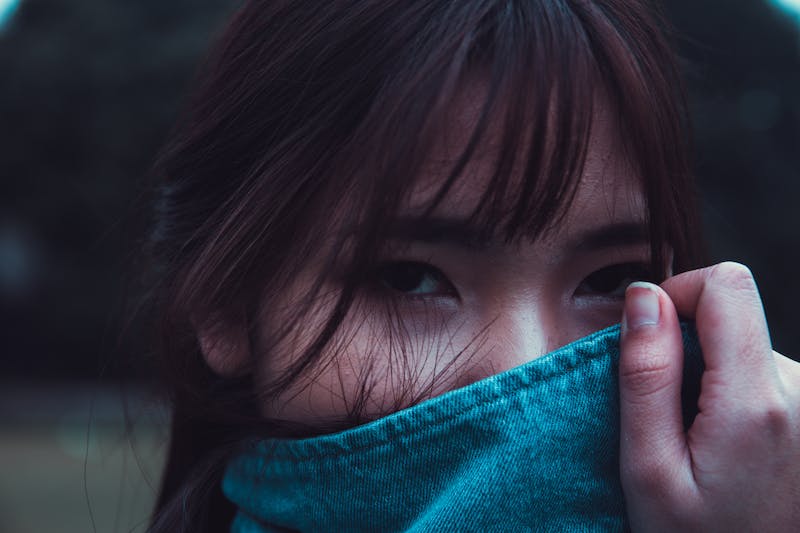
The Process of Predicting Fashion
With a clearer idea of what fashion trend forecasting is, you might be wondering – how does trend forecasting work?
Whether an amateur or an established competitor in the fashion industry, ground-breaking styles and design plans require forecasting abilities, so what goes behind effectively observing and analysing to find the right style, time, prices, and distribution?
Below are the primary considerations followed by trend forecasters to identify, improve, and improve styling and design.
- Studying historical fashion and design elements to merge worthy ideas into the contemporary demands of consumers.
- Closely observing social and cultural changes and deriving societal impacts on consumers, aligning them with needs for a quality lifestyle.
- Observing past records and analysing sales patterns to determine the duration of a trend and its potential.
Once the expert forecasters have gained insight into these areas, they can begin with the process of fashion trend forecasting. The process has four key steps.
Step 1: Research
Among all, the research part is the beginning and the most crucial one. It is about exploring different sources, timelines, and places to arise with the best combination of ideas into styles. The information collected is then passed on to the next step in line.
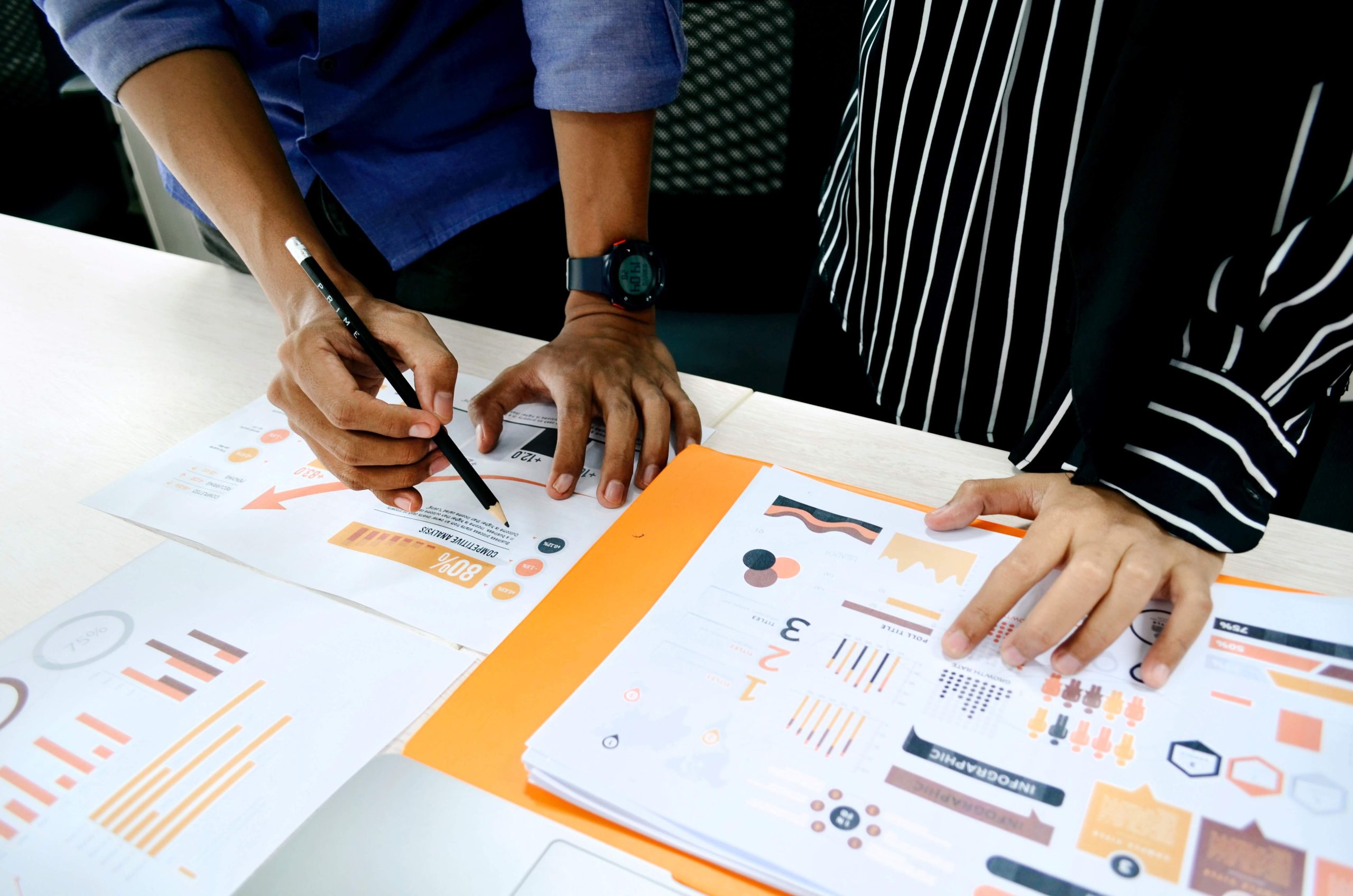
Step 2: Sorting
From the gathered data, particular designs, patterns, samples, etc., are extracted. The base information undergoes selection and editing to finalise styles and design elements to be followed.
Step 3: Predictions
With a set idea on the table, it is further analysed as per potential impacts of the present. Along with possible outcomes, the team also predicts a trend’s timeline and its manner of manifestation among consumers. This is done by matching the present plans with previously successful strategies and risks.
Step 4: Communication
Once forecasters have prepared a solid plan, it moves forth towards implementation. The outputs and ideas are delivered through illustrations, presentations, boards, mocks, and so on.
Skills Required to Become a Fashion Forecaster
Trend forecasting is not a game of guessing potential strategies but rather an organised procedure that requires skills in the industry. Forecasting involves perspectives in hindsight to prepare branding plans for the future.
This requires an in-depth knowledge of – how to study fashion trends. Besides fashion, design, and apparel knowledge, you need a grasp of consumer behaviours, history, modern marketing approaches, and so on.
The top skills that you’ll need as a fashion forecaster include the following:
- Analytical abilities
- Creativity
- Familiarity with a number of industries
- Media Savviness
- Awareness of society, cultures, and environment
End Notes
Fashion is a subject that changes from time to time with various trends. Some trends stay for years, while some are rather short-lived. Amidst these varying trends, brands and individuals in the industry need to keep up with these reforms. Fashion trend forecasting comes up as an essential responsibility to guide and drive styling and designs in the fashion industry.
Today, expertise in fashion forecasting is one of the top job roles in the industry. There are endless career opportunities in the Indian fashion Market that are dynamically evolving with time.
In order to be a fashion forecaster, one needs a set of contemporary analytical and creative competencies. Besides, the yearly packages offered after a degree in this field are also commendable. According to AmbitionBox, the yearly income of a forecast analyst is nearly INR 9.1 LPA.
Find contemporary learning opportunities with the JD School of design. Explore trend forecasting with a BSc. in Fashion and Apparel Design at JD School of Design and find your direction in the world of fashion.





